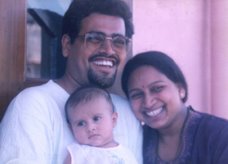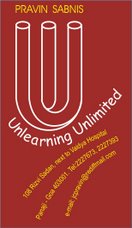‘The best time to plant a tree was twenty years ago.
The
second best time is NOW!’ – Anonymous
The above lines outline the purpose of Chandrakant
Shinde and his colleagues. They are preparing for this year’s Environment Day
by asking Goans to adopt a Jamun Tree. They are using varied media to involve
more citizens to their circle of commitment that looks beyond now. They want
participants to not just plant a tree, but to take care of it so that it can
bear fruit for the future.
Shinde and his friends, belong to Vivekananda
Environment Awareness Brigade, Keri, Sattari, in Goa. Over the years, they have
nurtured their love for Mother Nature with consistent and committed actions. They
have kept away from lucrative career trails. They have charted their own
journeys to create a legacy that will endure beyond their lifetime.
Planting a tree is an activity that has become
fashionable. But adopting a tree requires the resolve of greater and consistent
commitment. It is a choice made by those who connect totally to what they
believe is a common good. They look beyond to become the creators of a
desirable future. They do not seek immediate benefits for themselves. They are
seized by selflessness.
So often, we are seized by an emotion that is well
intentioned and sincere... whether planting a tree or an idea. But, the best of
intentions can come to nought, if we do not back our initial act by as series
of appropriate actions to nurture that tree or even that idea. So while it is
good to ‘plant’, it would be better to ‘adopt’ and nurture that tree or that
idea!
To BE BETTER at creating a legacy...
Do not just plant... adopt the tree!
- Pravin K. Sabnis
Goa, India.


